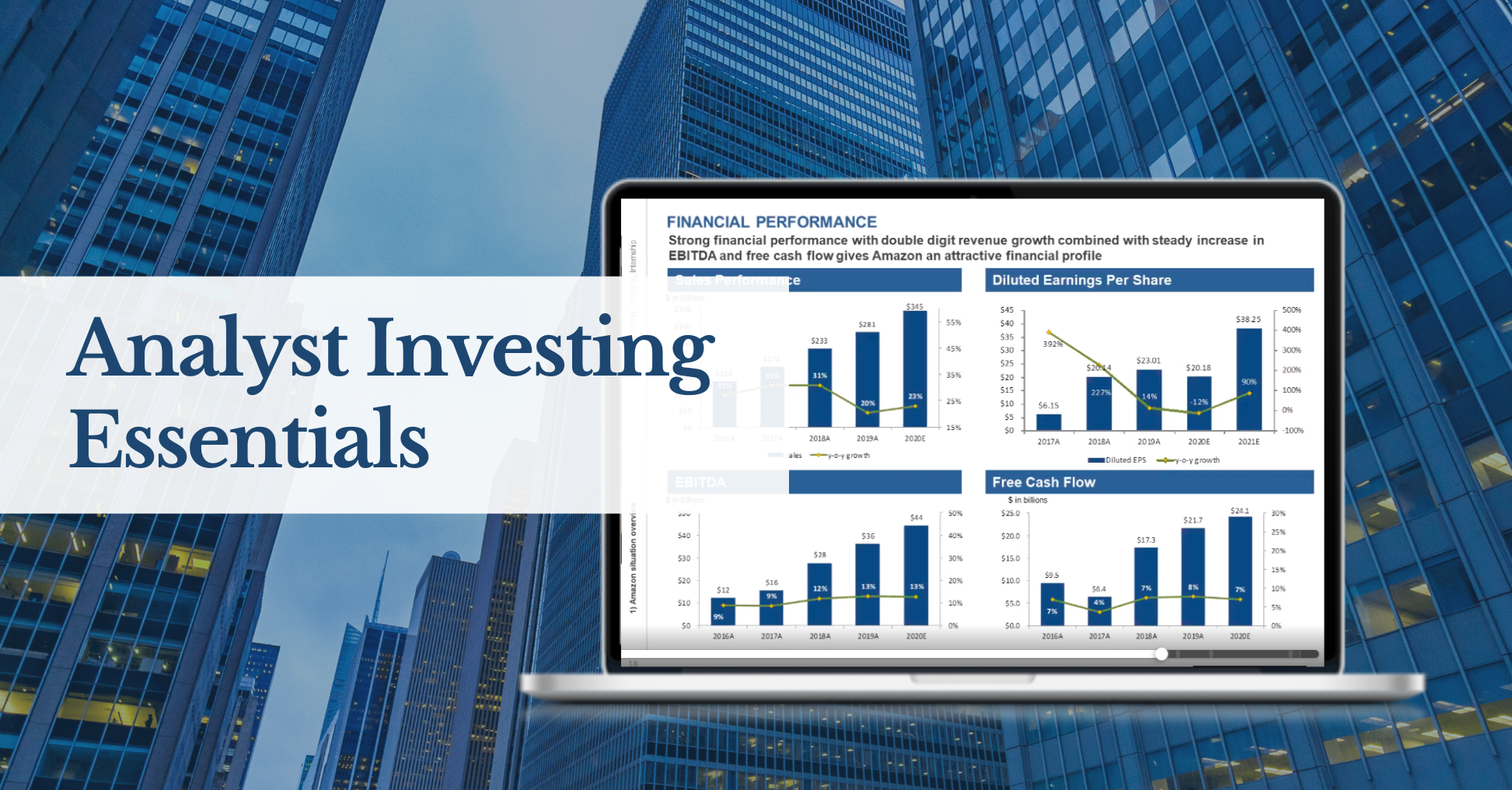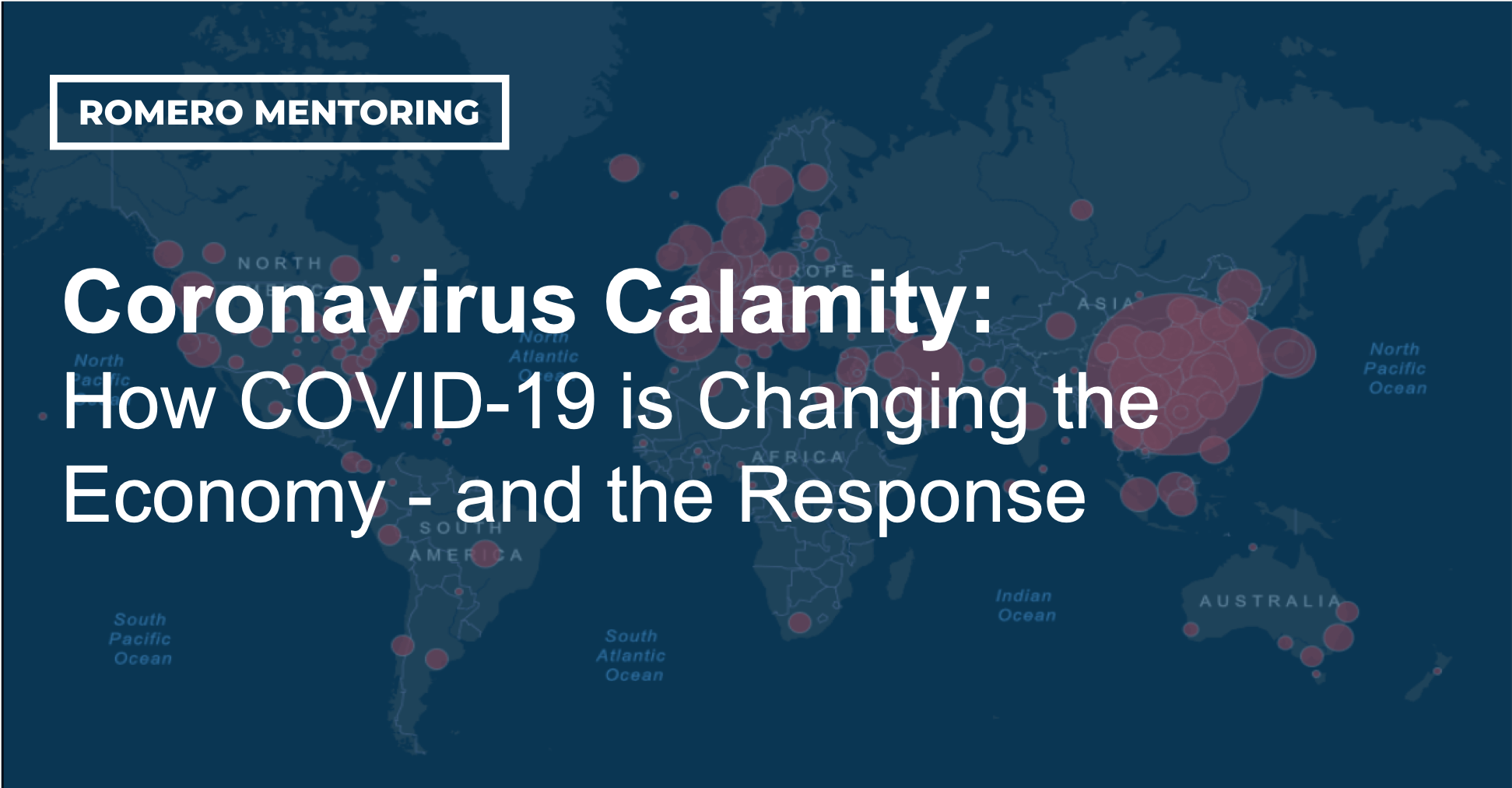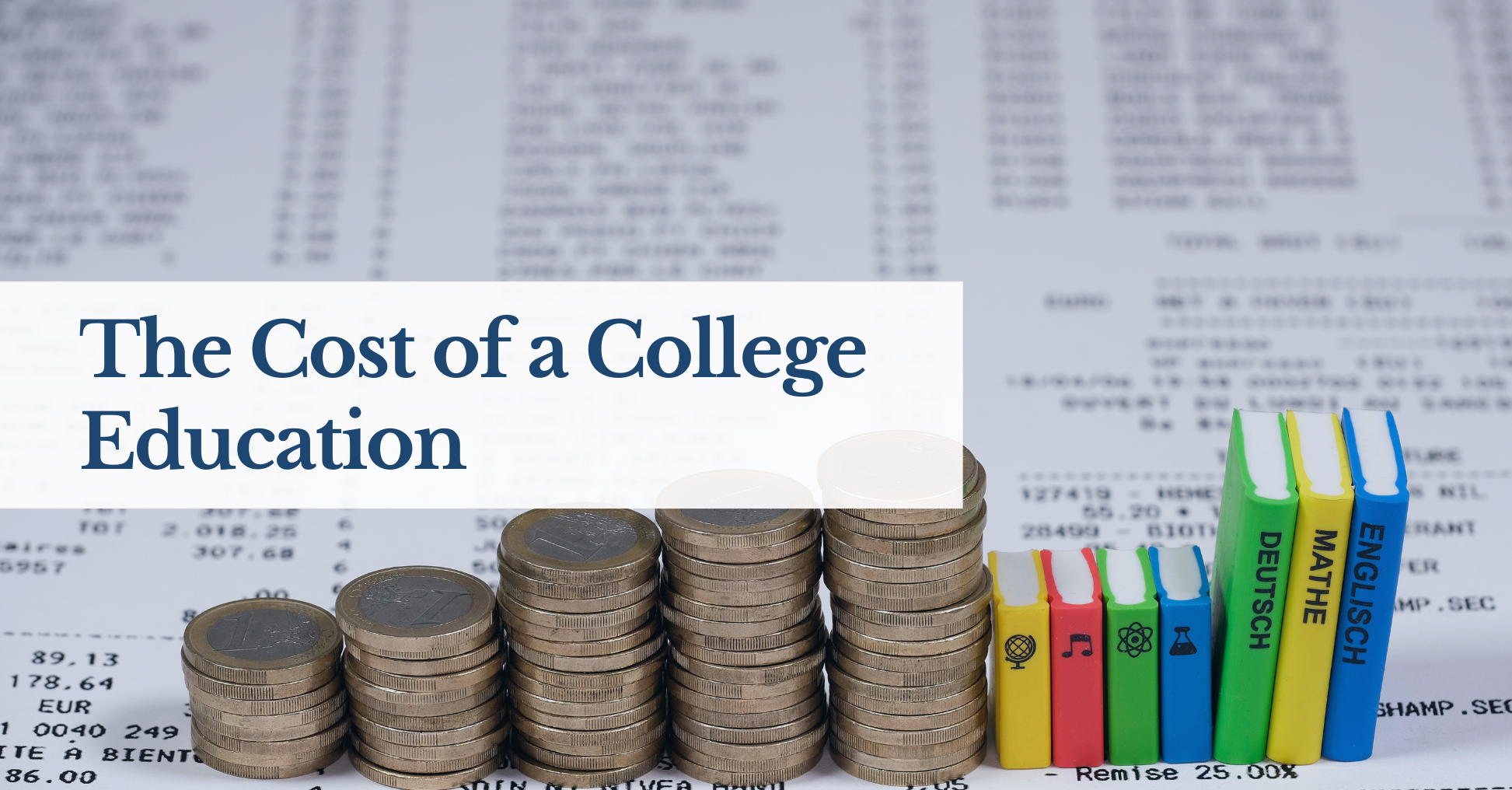In a matter of weeks, the dangerously transmissible coronavirus (COVID-19) has uprooted the lives of people all over the globe. What originated in Wuhan, China has spiraled into a global pandemic as governments, healthcare systems, and agencies all scramble to institute measures that will curb the spread of the virus. Students have been sent home for spring break and told not to return again for the remainder of the semester. Major cities like New York and San Francisco have ordered their residents to “shelter-in-place,” which means that people must only leave their homes for essential needs. Large events have been canceled or postponed in the name of social distancing. And all of this has had a remarkable – primarily negative – effect on the economy.

Impact on the Economy
Analysts from banks such as Goldman Sachs, J.P. Morgan, and Bank of America predict that U.S. GDP will experience a drop ranging from 12% to 24% in the second quarter of the fiscal year.1 The reason is that both aggregate demand and aggregate supply have been affected.2 Many businesses and retailers have closed their doors due to a lack of customers, and global supply chains have been disrupted because of sick workers. The fact that there is no indication of a slowdown in the spread of COVID-19, and the steadily increasing number of those infected and dead, lends much uncertainty to these estimations. As of April 3rd, there were over 1,000,000 infected cases globally and about 60,000 dead from the virus.3 A U.S. federal government report warns of the possibility of an 18-month pandemic, which will undoubtedly overburden the healthcare system and depress the growth of the economy.4
While GDP is an indicator of the health of the economy as a whole, we can’t forget that the financial burdens of the virus are borne by the people we know and see around us. According to the U.S. Department of Labor, there has already been a substantial surge in the number of new filings for unemployment benefits. The number of initial claims for the third week of March was 3,283,000 – a tremendous 1,068% increase from the 281,000 claims reported in the previous week.5 Gregory Daco, the chief U.S. economist at the firm Oxford Economics, points to the possibility of a 10% unemployment rate in the next month.6
While economists and analysts disagree about the exact magnitude of COVID-19’s economic impact, one thing seems to be undisputed among them: the economy of the United States is headed towards a considerable contraction.
Worst Performing Sectors
- Energy (-37.48%)
- Industrials (-20.89%)
- Materials (-16.96%)
- Consumer Discretionary (-15.89%)
- Communication Services (-15.51%)
(Data taken from Select Sector SPDR Tools for a one-month time frame as of 3/30/2020.)7
Due to the aggregate demand and aggregate supply shocks caused by the coronavirus, many economic sectors have been negatively impacted. However, there are some sectors that have been hit harder than others.
The energy and materials sectors have been all but decimated. People have stopped commuting to work, and businesses have stopped running, and so these inputs are no longer needed. The energy sector is also simultaneously dealing with a crude-oil price war between Saudi Arabia and Russia.8 The materials sector, which encompasses the manufacturing industry, is suffering from a sharp decrease in demand and disruptions in its supply chains. One index used for tracking growth in the manufacturing industry is the Institute for Supply Management’s forward-looking new orders sub-index, which dropped from 52.0 in January to 49.8 in February.9 (A reading below 50 signals a contraction in the industry.)
The industrials sector, in particular airlines and transportation, has sought billions of dollars in federal aid as many major companies have begun to forecast losses for the remainder of the year.10
The consumer discretionary sector, which includes the hospitality, leisure, and tourism industries, have been hit hard as governments all around the world institute travel bans and lockdowns. Major hotel companies such as Marriott International Inc., Hilton Worldwide Holdings Inc., and Hyatt Hotels Corp. plan to furlough tens of thousands of workers in order to cut costs.11 Similarly, the entertainment and media industries have also been suffering as a result of the demand shock.
Impact on Businesses
As mentioned earlier, many businesses have been forced to lay off a majority of their workers or even shut down. New York’s Governor Andrew Cuomo signed an executive order on March 20th requiring 100% of the workforce to stay home, excluding essential services such as pharmacies and grocery stores.12 Small, family-owned businesses have been bearing the brunt of the force as financial markets begin to tumble. According to The New York Times economics correspondent Neil Irwin, the fear-induced panic causing investors to hoard cash has caused credit to dry up for all corporations and institutions, in particular small businesses that urgently need loans to stay afloat.13
Government Response
Attempts to cushion the economic fallout from the coronavirus have come from both the Federal Reserve and the federal government. The Fed has gone above and beyond its usual strategies, drastically lowering interest rates to near zero percent and revealing plans to purchase an unlimited amount of U.S. treasuries and mortgage-backed securities.14 The Fed is also planning to start purchasing corporate bonds for the first time in U.S. history and is launching two credit facilities to “provide liquidity for outstanding corporate bonds.”15Another strategy it is using to combat the contraction involves supporting the flow of credit to households and businesses through the use of a Commercial Paper Funding Facility.16
The legislative branch of the federal government is also working to stem the bleeding. On March 27th, Congress passed a $2 trillion stimulus package (the largest relief package in U.S. history), and President Trump signed it shortly after. This package provides financial assistance to businesses, consumers, and local governments. Hundreds of billions of dollars are being allocated to expand the reach of unemployment insurance, extend the duration of benefits, give cash directly to households, make loans to businesses and states in critical danger, provide tax benefits, and support supplemental spending.17
The Future
There is no definite answer to the question of when the pandemic will end and when life will return to “normal.” It might take weeks, or even months. The best thing to do right now is to practice social distancing as much as possible and use extra precaution when interacting with others. Take care of your family and your neighbors, especially those who are more vulnerable. Even when the world is undergoing a public health crisis of such tremendous scale, there can still be a glimmer of hope in humanity.
Romero Mentoring’s Analyst Prep Program

The Analyst Prep Program teaches the technical and practical skills that investment banks, hedge funds, and private equity & consulting firms look for in a candidate. Students begin with little to no technical skills and develop into fully prepared professionals who can perform as first-year analysts from day one through the program’s training and internship.
Our Story
Luis Romero, founder of Romero Mentoring, spent five years developing an analyst training program that he wishes he had when he was in college – especially one that gave him access to a complete training and finance internship experience that could advance his career. Since no opportunity like this existed to him at the time, Luis went through a stressful recruiting process like so many others have. He successfully landed a full-time job offer upon graduation and worked as an M&A analyst at Credit Suisse in NYC for two years. He then moved to the buy-side as a junior trader and analyst. After gaining experience there, he created his own fund, Romero Capital, and later become an instructor in financial modeling and valuation. After working with hundreds of professionals and analysts, Luis became committed to creating his own mentoring program because he understood the crucial need for a hands-on, personal experience in the competitive world of finance.
References:
- WSJ: https://www.wsj.com/articles/analysts-slash-gdp-estimates-as-coronavirus-ripples-through-economy-11584735139
- Niskanen Center: https://www.niskanencenter.org/the-coronavirus-and-the-economy-a-tutorial/
- Johns Hopkins University: https://coronavirus.jhu.edu/map.html
- NYT: https://www.nytimes.com/2020/03/17/us/politics/trump-coronavirus-plan.html
- U.S. Department of Labor: https://www.dol.gov/ui/data.pdf
- NYT: https://www.nytimes.com/2020/03/21/business/economy/coronavirus-recession.html
- Select Sector SPDR: https://www.sectorspdr.com/sectorspdr/tools/sector-tracker
- WSJ: https://www.wsj.com/articles/saudi-russia-disclose-dueling-output-plans-amid-intensifying-oil-market-war-11583835347?mod=article_inline
- Reuters: https://www.reuters.com/article/us-usa-economy-manufacturing/u-s-manufacturing-sector-stalls-as-coronavirus-hits-supply-chains-idUSKBN20P29T
- WSJ: https://www.wsj.com/articles/airlines-seek-up-to-50-billion-in-government-aid-amid-coronavirus-crisis-11584378242?mod=article_inline
- WSJ: https://www.wsj.com/articles/marriott-to-furlough-thousands-of-corporate-jobs-in-u-s-and-abroad-in-response-to-travel-collapse-11584834631
- Twitter: https://twitter.com/NYGovCuomo/status/1241024005299109889
- NYT: https://www.nytimes.com/2020/03/23/upshot/coronavirus-fed-extraordinary-response.html
- Bloomberg: https://www.bloomberg.com/news/articles/2020-03-23/fed-signals-unlimited-qe-adds-aid-for-companies-municipalities
- Forbes: https://www.forbes.com/sites/nathanvardi/2020/03/23/the-federal-reserve-moves-to-buy-corporate-debt/#5cd28fd14c47
- Federal Reserve: https://www.federalreserve.gov/newsevents/pressreleases/monetary20200317a.htm
- WSJ: https://www.wsj.com/articles/whats-in-the-2-trillion-senate-coronavirus-bill-11585185450





